Energy efficiency is not just a trend that people with money follow because it’s cool to be green. No. It’s a real way to reduce your carbon footprint and your monthly costs in the long run.
It’s true that big changes like switching to solar energy require significant investments but you will recover and even save money in the upcoming years.
Enough talking, let’s see exactly what can be done to make your house more energy efficient. It’s recommended to start with little things and work your way up to the most expensive changes.
Maximize the use of natural light

The first thing to do to lower your energy bill is let the light in (obviously). For that purpose, install large windows.
Avoid light blocking treatments and use instead shades that can be opened at will. This way, you get darkness and light whenever you want. Place mirrors on the walls adjacent or opposite to windows. The idea is to have many reflective surfaces that create the illusion of light and spaciousness.
Install energy efficient windows
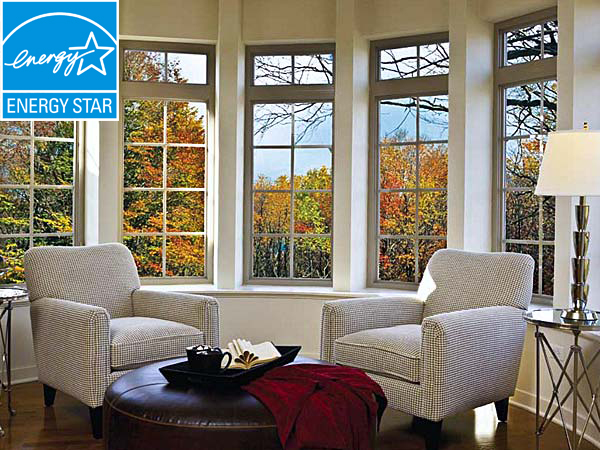
If you can’t afford buying new windows, you can choose the cheap option even though it’s not as good: make your existing windows more energy efficient. How? Tape a clear plastic sheet on the inside of the window frame to diminish drafts.
You could also install insulating window shades that protect against cold drafts and heat waves. If you are more concerned with heat coming in than going out, you could try applying reflective films on south-facing windows.
What if you did all these and you are not satisfied with the results? It’s time to replace the windows. It’s important to understand energy performance ratings before making a purchase.
An effective south facing window that minimizes heat gain in warm climates should have a solar heat gain coefficient (SHGC) >0.6, a U-factor <0.35 and a high visible transmittance (VT) for proper transfer of visible light. In temperate climates, windows should have low U-factors and low SHGCs.
It’s also important how windows operate because some types offer better air tightness than others. Awning, casement, and hopper windows generally have low air leak rates. Fixed windows usually fall under this category as well, but they are not suitable for places where ventilation is important.
The lowest price for a 36″x72″ single-hung Energy Star rated uPVC vinyl window is $250 per unit, but the window costs can reach as much as $1,000-$1,500 for a high-end wood-frame clad windows like Marvin, Andersen, or Pella. You also must consider labor costs that start at about $300 per vinyl window and can go up to $900 for wooden windows. According to Energy Star, new EnergyStar qualified windows can help homeowners save between 7.5% and 15% per year on home heating and cooling costs.
It’s important to note that in many cases it may be necessary to provide a site plan to obtain various home building permits from your city hall or township. You can turn to 24hPlans.com to get a custom site plan drawing prepared for your dream home in less than 24 hours by our team of experienced architects and drafters. Use the promotion code: 24hplans-20off to get a 20% discount off any package. — Please note this is a limited time offer, exclusive to the readers of our blog. This offer is not being advertised anywhere else.
Install energy efficient doors
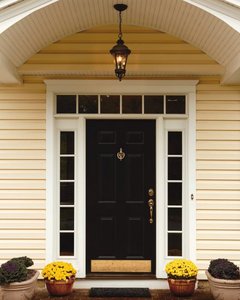
A significant amount of heat is lost because of poorly insulated doors. The most common energy efficient door has a steel frame with a foam insulation core.
If the people who install it know what they’re doing, you don’t need any further weatherstripping. Besides, steel doors are cost effective and very secure. Another option is to choose an energy efficient fiberglass door. The trick is to look for Energy Star labels before making a purchase.
Another parameter is the R-value that basically measures the resistance of a certain material to heat conductance. For example, steel and fiberglass-glad doors are rated between R-5 and R-6.
Sliding glass doors have higher air leakage rates even though you apply weather stripping methods (they wear off over time anyway). In general, a hinging door is more energy efficient than a sliding one.
However, if you must install sliding glass patio doors choose the type with metal frames and a thermal break (a plastic insulator between the exterior and interior parts of the frame).
If you live in extreme climates, consider taking a look at models with several layers of glass, low conductivity gases and/or coatings with low emissivity. For an average cost of $3,000 you can get a huge ROI (value recouped at resale) of around 80%.
Seal air leaks
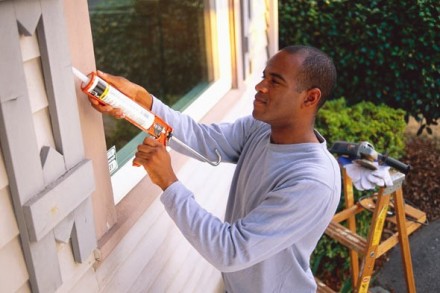
There are 2 main directions to follow here: weatherstripping doors & windows and filling gaps in the attic floor. Look for wholes near wires that go through the ceiling below, around chimneys or recessed light fixtures. More importantly, fill in any cracks or gaps that communicate directly with the exterior. It is important to do the air sealing part before insulation because you will not be able to do this step afterward.
Insulate the house
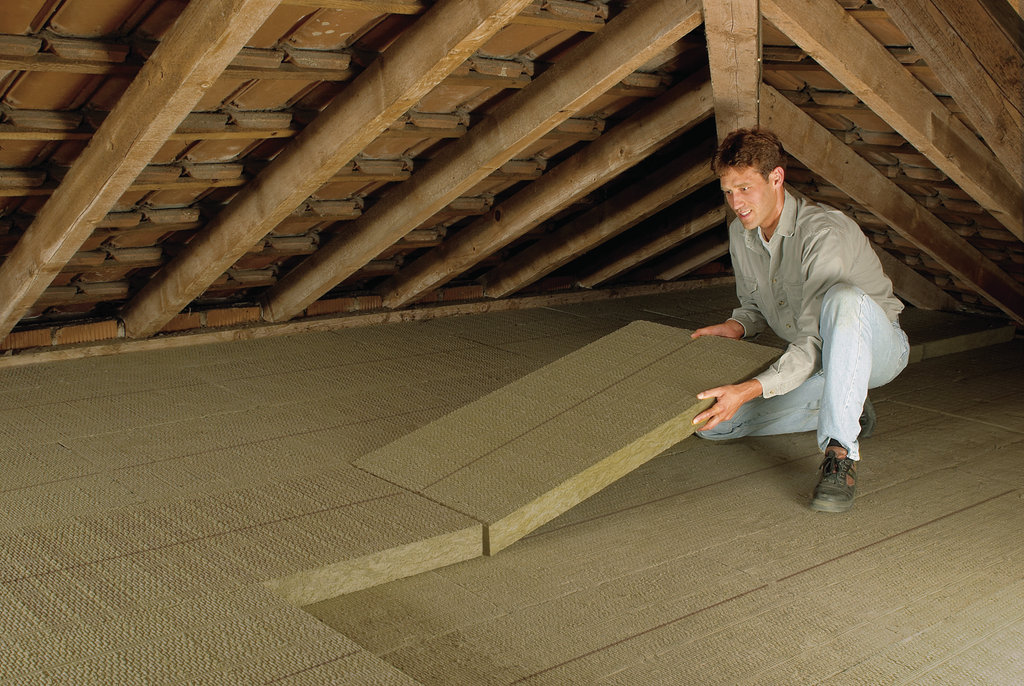
House insulation costs vary depending on what method you choose. Here are some methods to consider but remember they are not applicable in all cases:
- blanket insulation (batts or rolls of fiberglass, mineral wool, plastic fibers, natural fibers)
- concrete block insulation with foam board
- foam board or rigid foam
- loose-fill and blow-in insulation (cellulose, fiberglass, mineral wool)
- structural insulated panels (SIPs) etc.
If you can’t afford insulating the entire construction, limit yourself to the attic because that’s where the highest amount of heat leaks.
The layer of insulation should be at least 10 inches thick. Blowing cellulose insulation costs between $1,500 and $2,500 if call an expert. Doing it yourself saves you up to $1,000 but prepare for some body aches the day after the job is done.
Still, if you have no idea what you are doing, call the professionals because you risk doing it for (almost) nothing. The effectiveness of insulation depends a lot on how it is installed.
If you live in cold climates, blowing insulation into the walls is cost-effective especially if you wanted to repaint or re-side the house anyway because you need to drill lots of holes in the siding.
Insulate ductwork
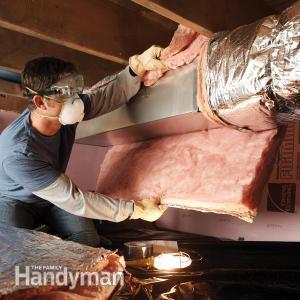
Believe it or not, old ducts leak so much heat or cooled air into the basement, crawlspace, and attic that your HVAC bill goes up with 30%. Sealing and insulating the ductwork is not as easy as putting duct tape on cracks. It takes time and you also must know how to do it.
If you are even a bit familiar with this type of work, you might succeed assuming you watch some online tutorials. The rest of us who know nothing about ducts and/or insulation should call someone who does this for a living.
Expect to pay between $250 and $500 for a professionally done insulation. Considering you can save up to $200 per year, you get close to 100% ROI.
Photovoltaic solar panels

Via Dwell
This is one of the major investments you can make to improve your home’s energy efficiency, provided your roof has sufficient surface and exposure to the sun.
PV panels absorb sunlight to turn it into electricity. According to PV Magazine Since 2010, the price of residential PV solar systems has dropped by 40% to 80%, but they are still relatively expensive. The amount of electricity is multiplied by the number of cells in each panel and by the number of panels.
They are usually installed on the roof for obvious reasons. However, some roofs cannot bear the weight of solar panels which is why you need to purchase polls or to lay them directly on the ground if you have enough space.
PV panels produce clean energy, they are silent and don’t produce any emissions. There are no moving parts, and you don’t need any water or fossil fuels to obtain electricity.
There are several types of solar panels, each with different characteristics:
- monocrystalline silicon solar cells. They have the highest efficiency rates and require the least amount of space. They are also the most durable (25-year warranty). There are a few cons as well: they are the most expensive, they’re sensitive to dirt and snow, and they work poorly in cold weather.
- polycrystalline silicon solar cells. The main advantage is that they are cheaper. However, they are less efficient and require a lot of space.
- string ribbon solar cells. They cost less but the efficiency is similar to low-end polycrystalline solar panels (13-14%).
- thin-film solar cells. They are relatively inexpensive but require a lot of space which increases the costs of PV equipment (support structures). They also degrade faster than mono and polycrystalline solar panels. High temperatures don’t affect their performance much.
According to Roofing Calc, most homeowners opt for a 5kW to 7kW rooftop solar system size, with an average upfront cost of $15k-$21k before the 26% tax credits. The total price of the job largely depends on what types of solar panels are being installed (high-efficiency panels cost more) and whether the job is completed by a large national installer like SunRun (more expensive) or a small local company (better value for the money). Considering the average electricity bill is $100-$200 monthly, you should recover your investment in approximately 6 to 10 years, depending on the system size and upfront cost of solar investment.
Wind power systems
Via Buildipedia
Using wind to create electricity is a bit trickier than using sun rays because you are conditioned by the average speed of wind at your location whereas light is everywhere.
Before considering a wind power system, see if local average wind speeds are big enough to produce the desired amount of energy. Another thing to think about is space because wind turbines come in various sizes, some of them being pretty big.
For example, a 400-watt turbine has a 4 ft. diameter rotor and produces enough energy for a few appliances. A 900-watt turbine has a 7 ft. diameter rotor and there also are 10kW turbines with 23 ft. diameter rotor that can power an entire house.
Most households have enough space for the 900-watt turbine. The main disadvantage of wind turbines is that if the wind doesn’t blow, you have no electricity. Apart from this, they have moving parts that require regular maintenance.
According to the Lazard, wind power was 71% cheaper in 2020 than in 2009. The cost of purchasing and installing a 1kW wind turbine can range between $3,500 and $7,500. The low-end cost is reflective of a roof-mounted system, while the high-end cost is for the pole-mounted wind turbine.
Replace old appliances with energy efficient ones
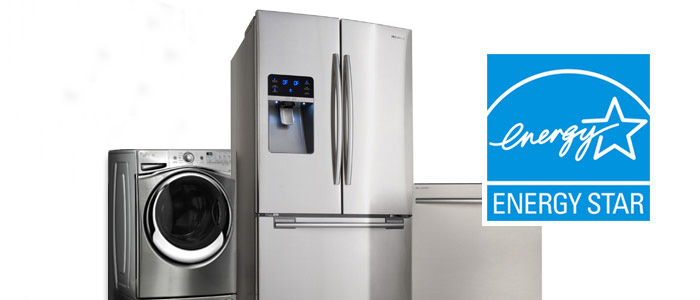
This is easy to do but costly at least in the short term. You have to buy appliances that have the Energy Star logo. If you can’t afford changing all devices that use a lot of energy, focus on the refrigerator because it’s the biggest power consumer in most households. Here’s is a calculator by EnergyStar where you can calculate the ROI for replacing your refrigerator.
Choose models with fewer accessories to maximize energy efficiency. Other appliances that consume a lot of energy are stoves, air conditioners, dishwashers, washing machines and dryers.
Install a programmable thermostat
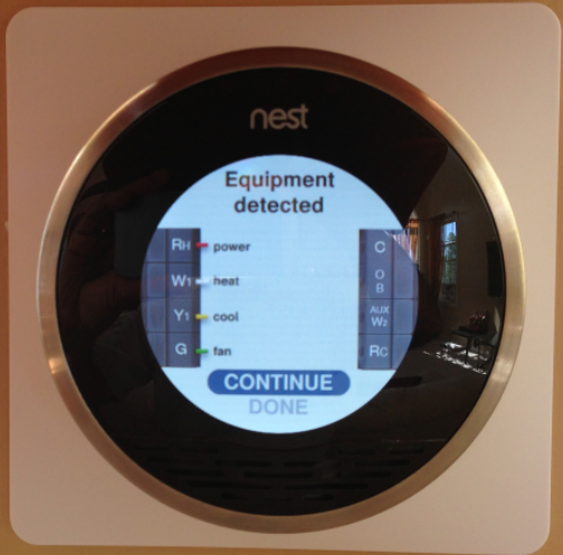
Thermostats monitor temperature fluctuations and tell the furnace and/or cooling systems when to turn on and off. A good thermostat eliminates broad swings in room temperature.
You are free to set the desired temperatures when you want the cooling/heating systems to be turned on/off. It’s important to make sure the thermostat is compatible with the equipment it’s meant to control otherwise you waste your money.
There are 2 main types of thermostats nowadays: electromechanical and electronic thermostats. The professional electromechanical thermostat costs around $40 whereas a high-end electronic thermostat can cost up to $300. However, you also find cheap electronic thermostats at only $40.
In general, cheaper thermostats are not able to maintain a narrow comfort window. Electronic thermostats manufacturers also focus to provide a user-friendly interface and extra features like smart learning thermostat capabilities.
Install an energy efficient water heater
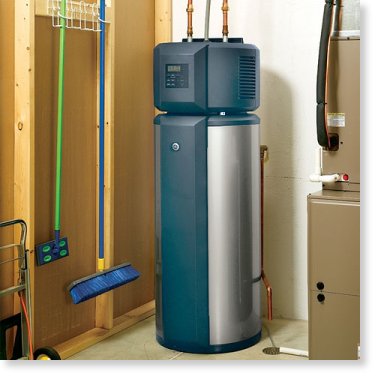
Via Ecosmartinc – heat pump water heater
If you want to replace your water heater, it’s important to look at energy efficiency but also fuel costs. There are several types of water heaters, each being powered by several types of fuels:
- storage water heaters (comes with a big tank where the water is heated)
- tankless water heaters (water is heated as it passes through the circuit, thus eliminating the need for a tank; they are more energy efficient than conventional storage water heaters)
- heat pumps that move heat from one location to another instead of generating it (they are 2-3 times more efficient than the first type, but they work poorly in cold climates). Prices start at about $2,500 for a basic hybrid electric heat pump fully installed, but can go up to $10,000 or higher for a larger-sized high-end system.
- solar water heaters (water is heated using sun heat; active heaters are more efficient than passive ones)
- tankless coil water heaters (the heating system of the house is used to heat the water as well; they are most efficient during cold months)
The first thing to do is assess the costs of different fuels in your area but don’t limit yourself to that because one type may use fuel more efficiently than another type. For example, an electric heat pump is more energy efficient than a gas-fired storage water heater even though gas is cheaper than electricity.
According to Consumer Reports, tankless water heaters are more efficient, but are also more expensive to buy and install (at least $2,000 including the cost of professional installation) than storage water heaters (at least $1,200 including installation).
Upgrade space cooling systems
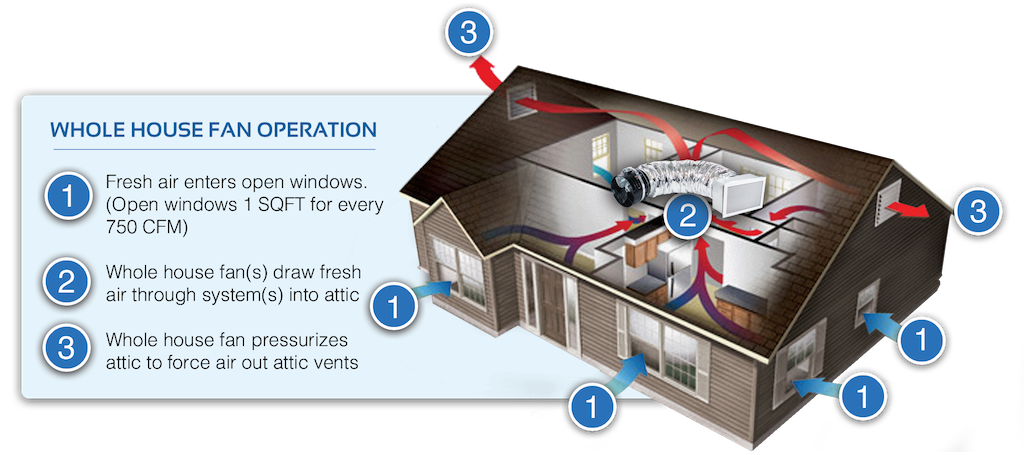
Believe it or not, natural ventilation or forcing air through the house with fans is the most energy efficient space cooling system.
You could try whole-house fans or evaporating cooling, the second providing an experience similar to air conditioning but with lower energy usage. Another option is radiating cooling systems, but they work only in arid climates.
Upgrade space heating systems
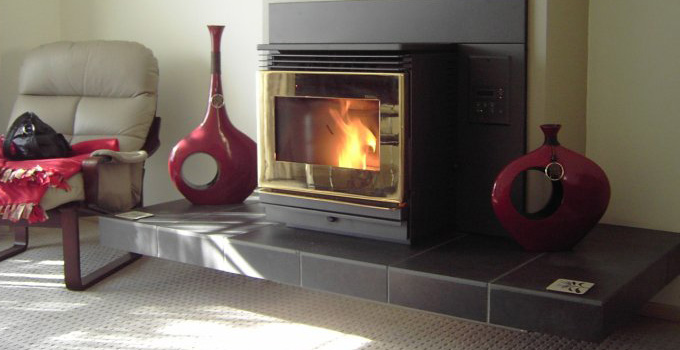
Via Wheel Heat
Heat pumps can be used to heat your house as well and they are known to be energy efficient. You could also try active solar heating or wood and pellet heating that provides a way to obtain heat by using biomass or waste sources. One of the most expensive methods is electric resistance heating.
Unfortunately, the most common way to heat your home is by furnaces and boilers but they are not energy efficient or eco-friendly. However, you could lower your costs by up to 30% if you perform proper maintenance and regular upgrades with focus on energy efficient insulation, air leaks sealing, and smart building control systems.
Switch to energy efficient lighting
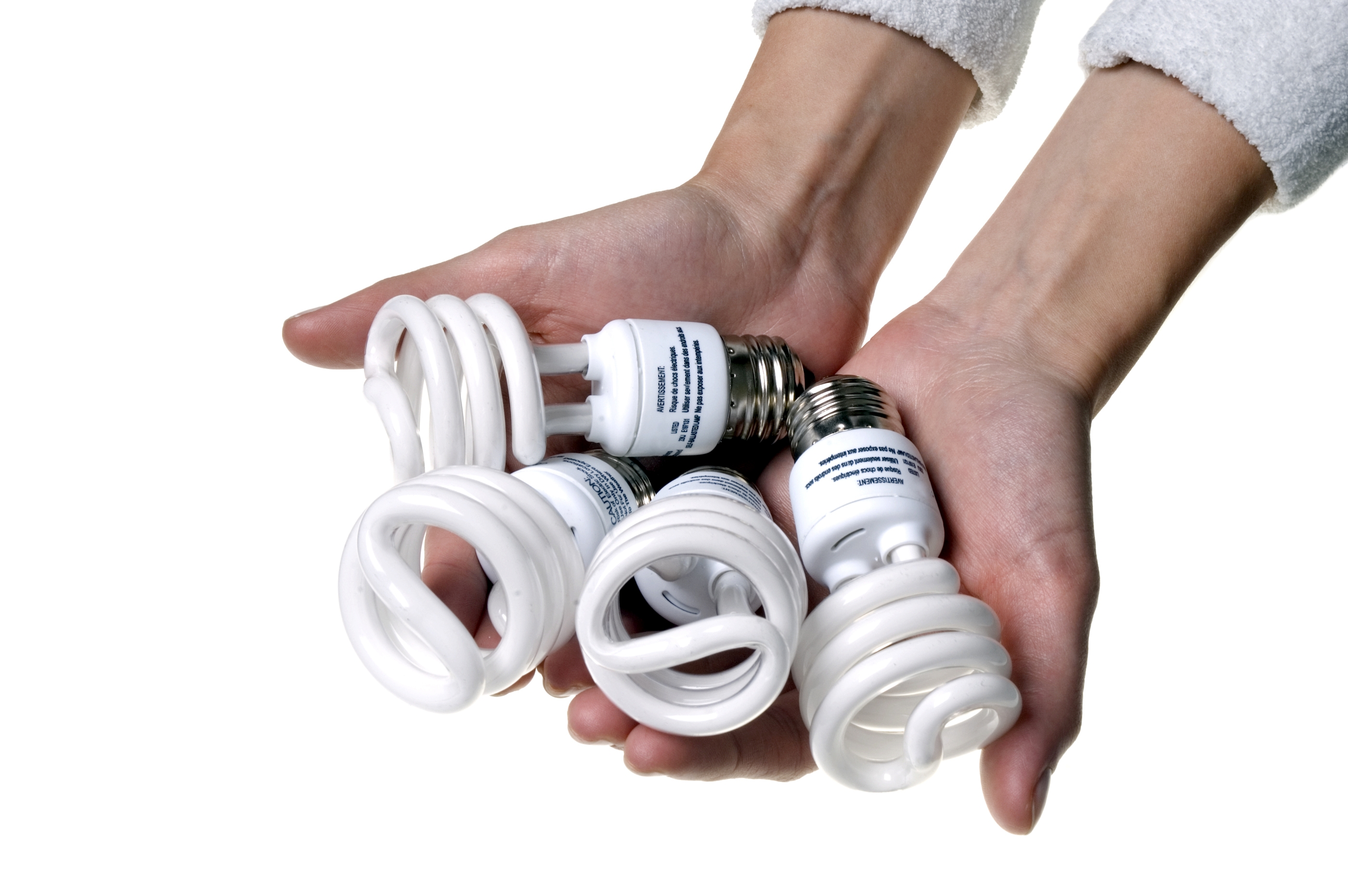
Via Tipmont – CFLs
The electricity that a single incandescent lightbulb uses over its lifetime is 5-10 times for expensive than the purchase price of the bulb.
LEDs and CFLs are the energy efficient alternatives that everyone should use in their houses. Besides, they last 3-25 times longer. For example, the annual energy cost of a 12W LED is $1 whereas a 60W traditional lightbulb is $4.80, the former lasting 25,000 hours (25 times more than the incandescent one).
Try microhydro electricity systems
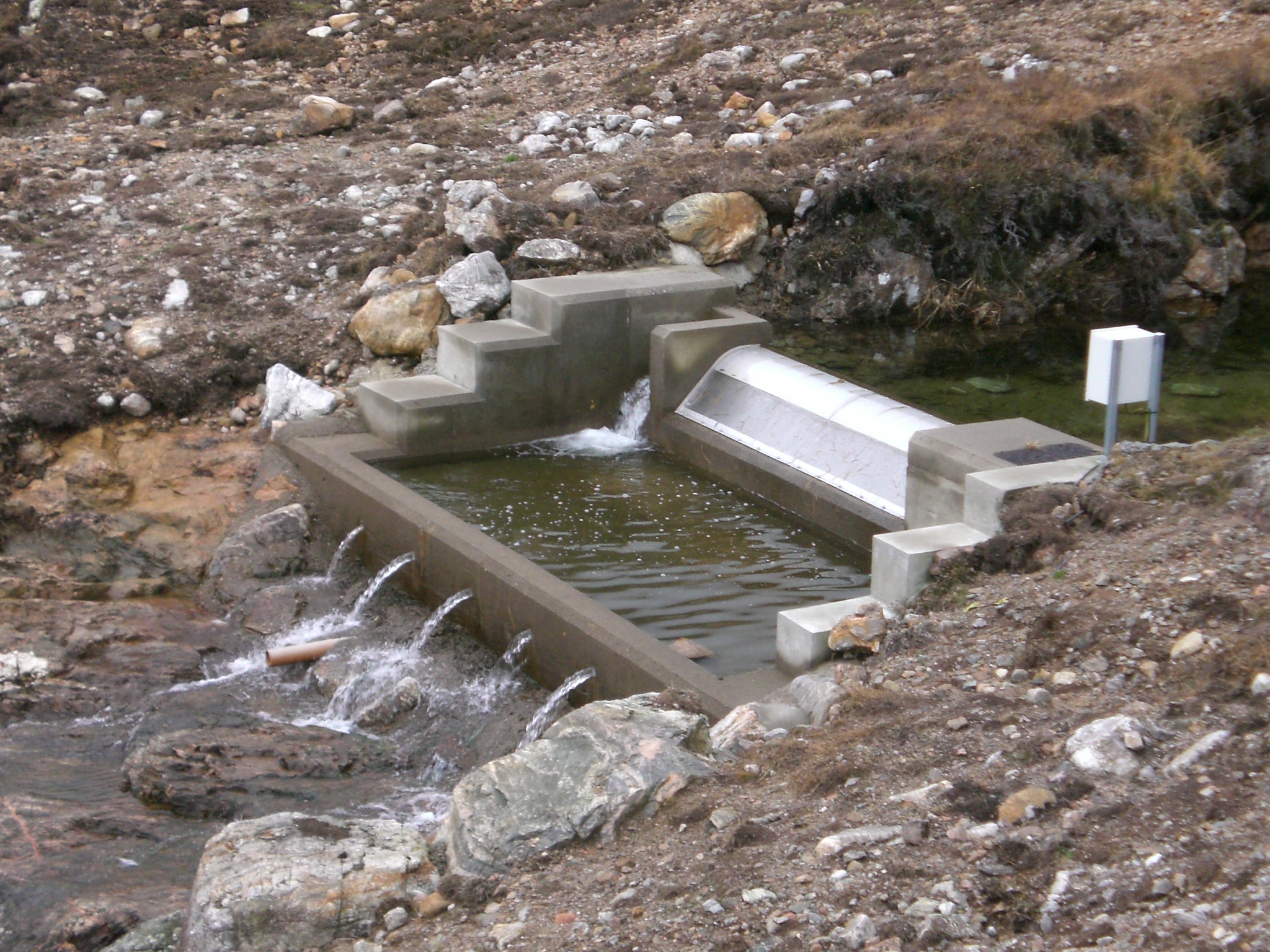
Via North Harris
This is one of the least known off-grid electricity generation systems. It uses a source of running water that turns a turbine to produce electricity.
According to Energy Alternatives, a microhydro system generates 10 to 100 times more energy than photovoltaic panels or wind power systems, assuming you have a good and steady water source that runs 24 hours a day 7 days a week.
Based on this affirmation, this power source should definitely be explored if you live near a water stream. The average cost per kW installed is a bit over $3,500.
Note: Here’s how we can help: 24hplans has team of highly trained, professional architects and drafters who can prepare any kind of site plan in the shortest amount of time possible, so that you can easily obtain that building permit and get on with your project. Use the promotion code: 24hplans-20off to get a 20% discount off any package. — Please note this is a limited time offer, exclusive to the readers of our blog. This offer is not being advertised anywhere else.



Leave A Comment